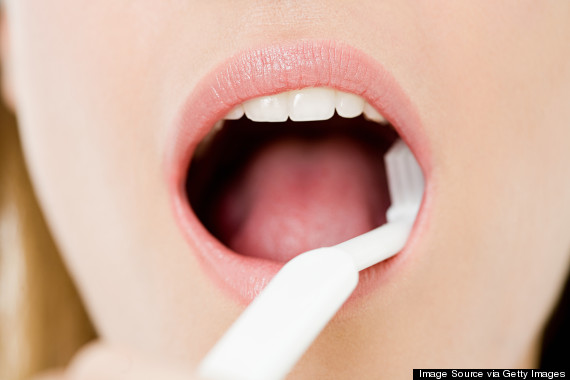Why I Cannot Use a Cellphone
Here is my
response to the pending legislation by telecom companies to discontinue
landlines. This is being proposed despite the fact that wireless radiation has
been classified as a class 2B possible carcinogen by the World Health
Organization and a probable carcinogen by the EPA.
I would not be
able to function without a landline. Because of the previous cumulative effects
of radiation (cell phones and other EMR) on my body from using a cell phone and
living 150’ from a disguised cell tower, I can no longer tolerate any sort of
prolonged wireless radiation, Wifi or smart meter radiation. I have been forced
to live in the outback where there is no cell tower.
I am a PR
professional who used a cell phone exclusively for 8 years until it made me
dizzy and nauseous whenever I held it to my head. My ear on the side of my head
with which I used this cell phone is now permanently numb. I count myself as
lucky to have given up this cell phone before I developed a brain tumor. Please
note that more and more people are now winning legal battles due to the brain
tumor damage they have received from cell phone wireless radiation.
Wireless cell
radiation (EMR/RF) is now categorized by the insurance industry as a high risk:
A major Swiss insurance industry report featuring emerging risk topics
acknowledges recent reports of courts ruling in favor of claimants who have experienced
health damage from mobile phones.
People like me are
the canaries in the mine shaft. Wireless microwave radiation poisoning has been
undeniably shown in 4,000+ peer-reviewed academic studies to damage DNA,
destroy the blood/brain barrier, and interfere with the production of melatonin
by the pineal gland, along with a host of other effects. Living beings can only handle the effects of
radiation so long before their immune system gives out. (See: www.EMRActionDay.org/science for a partial selection of scientific
studies.)
Because
corporate-owned PR firms and media are blocking the flow of this information, I
have spent a great deal of time sharing with others the numerous academic
studies that prove wireless radiation is toxic. Because of my advocacy work, I
have been harassed and threatened by telecom industry shills. However, my
ethics and Ivy League education demand that I continue to insist that the truth
about cumulative wireless radiation be acknowledged. If we give in any further to
this monopoly of money, we will be directly harming the public for all time.
You know the tobacco and asbestos stories.
Granted, the
companies that make wireless technology are now among the most powerful in the
world, making trillions of dollars every year and paying little to no Federal
income tax. They use vast PR networks, media/political control, and advertising
to hide the proven effects of wireless radiation poisoning from us.
The kicker is that
telephone landlines use less than one third as much energy to operate as cell
phones do. With 6 billion cell phones, imagine the energy we could save on this
planet if we decide to use safe fiber optic hard wiring instead of radiation to
communicate with one another.
I am convinced
that the unending stream of wireless microwave radiation emitting from millions
of cell towers across the planet is contributing significantly to global
warming. Now industrial-level WiFi is being installed in the ceilings of
classrooms and businesses across America in order to sell massive quantities of
wireless technology. However, hard wiring computer technology with fiber optics
would be better quality, cheaper to operate, and without the effects of
microwave poisoning day in and day out on us and our children.
Alternatives to
dangerous wireless technology are disappearing fast. These days it is almost
impossible to buy landline phones, cable TV boxes, computer mice and routers,
utility meters, etc. etc, that don’t emit wireless radiation. Although there is
a large lobby for the needs of the disabled here in America, phone booths are
rarely available to the many people like me who have been injured by wireless
radiation and cannot use cell phones.
After arriving
home recently from vacation, I found out that my mother was on her deathbed. I
had tried to check up on her health condition while on vacation, but every
phone booth between Southern California and Utah was disconnected or broken.
Although I immediately took the red eye to New York to see her, she passed on
before I got there. In order to fly to New York, I had to endure a radiation-emitting
full body scanner and WiFi emitting from the confines of every airplane. After
getting back from my Mom’s funeral, I developed a painful burning condition in
my spine for months--another symptom of wireless poisoning.
The phone booths are now all gone. It is inconceivable that
the increasing number of people who are being injured by cumulative wireless poisoning
could function without landlines. Do not take away the landlines so trillion dollar
companies can make a few more bucks. And although cell phones are touted as
great for emergencies, landlines are the only device that will still work when
the power goes out.





 Print
Print Email
Email Share
Share Tweet
Tweet
